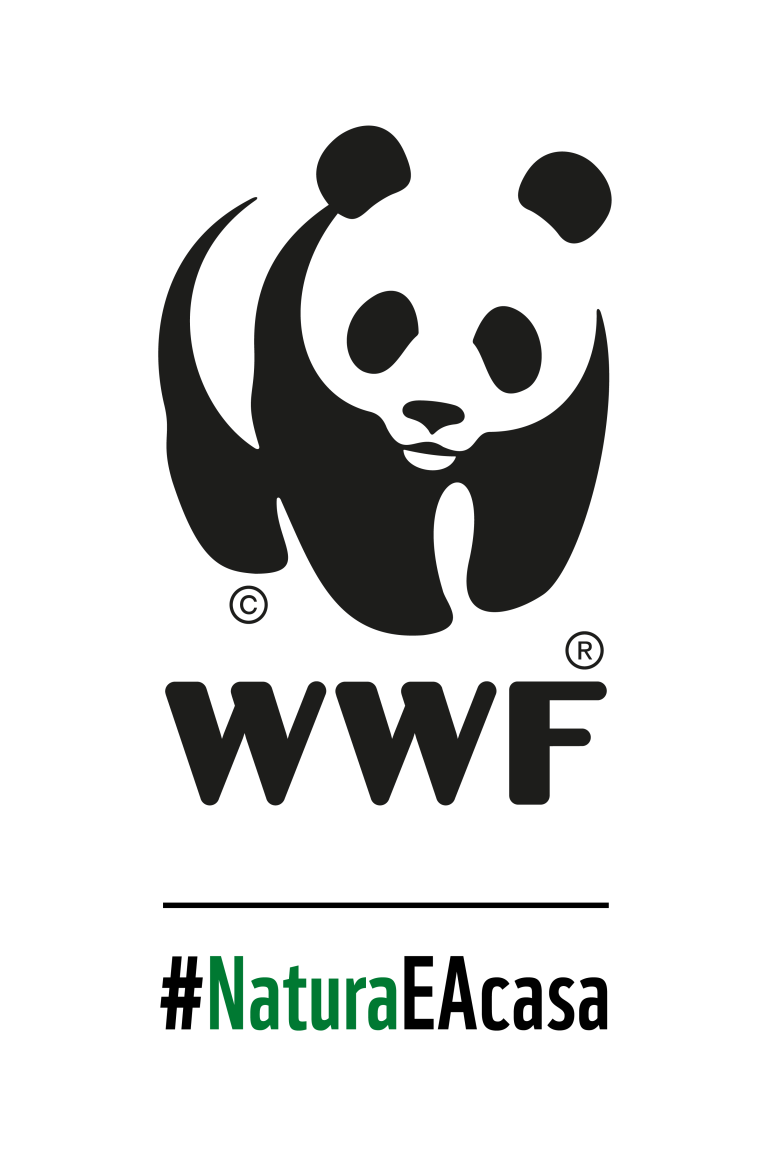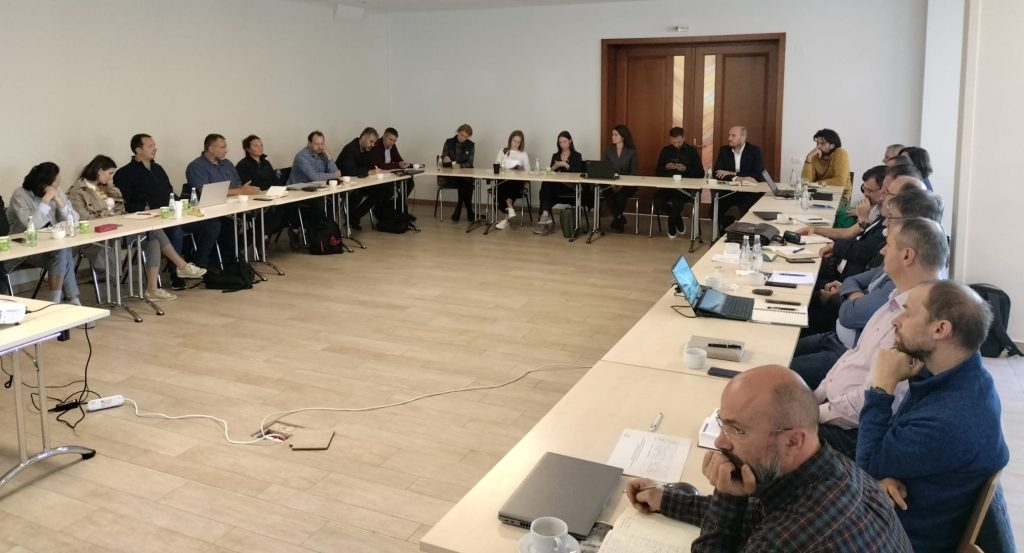The selection of the 700,000 hectares of forest that will be strictly protected from any commercial logging must take into account the objectives set by the European Biodiversity Strategy 2030, which target the protection of the most valuable forests, including Old-Growth Forests. This was one of the conclusions of the seminar organized this week by WWF-Romania, where technical aspects related to Romania's intention to designate 10% of its forests for strict protection were discussed.
The consortium responsible for this project, funded through the PNRR (National Recovery and Resilience Plan), has been working since last year to designate the forest areas that could be subject to non-intervention. A large consultation on this topic will take place at the Ministry of Environment on September 26th.
“We want to make sure only those areas that do not affect Romania's nature-based forest management system, which includes maintaining long production cycles for forests where the production process is regulated, will be validated. We aim to cover all valuable ecosystems and also consider the needs of local communities, without whose collaboration no conservation efforts can be successful. And, last but not least, we will emphasize compensatory efforts to ensure a fair transition for those affected.”
Radu Melu, coordinator of forest projects at WWF-Romania
In his view, the designated forestry habitats should respond to the current challenges, ensuring that a series of particularly valuable forests, which play a role in protecting watercourses or biodiversity-rich areas, are also protected. At the same time, the forests that will be strictly protected should not affect the implementation of a sustainable forest management, which is based on maintaining long production cycles, natural regeneration and maintaining the mosaic landscapes.
Therefore, the following are needed:
- A strategic approach for forest designation, including the adoption of a compensatory payment program (also through European funds);
- Following the steps outlined in the European guide to fulfill the designation procedures;
- The designation criteria should be clearly set, also for Old-Growth Forests. Currently, the criteria are unclear and leave room for interpretation. In these conditions, certain designations may affect the sustainable management implemented in cultivated forests;
- Establishing management measures according to the European guide.
WWF has been actively involved throughout the entire process and, even at the beginning of last year, submitted clear proposals for the identification and designation of strict protection areas both for forests and for aquatic habitats and mosaic silvopastoral landscapes.

